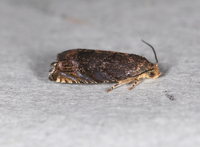
| Recorded by: Jim Petranka on 2025-07-16
Madison Co.
Comment: | 
| Recorded by: David George, Jeff Niznik on 2025-04-05
Chatham Co.
Comment: |
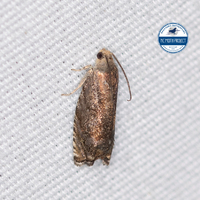
| Recorded by: Lior S. Carlson, Dean Furbish on 2025-04-05
Orange Co.
Comment: | 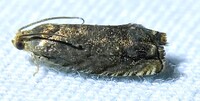
| Recorded by: Lior S. Carlson, Dean Furbish on 2025-04-05
Orange Co.
Comment: |
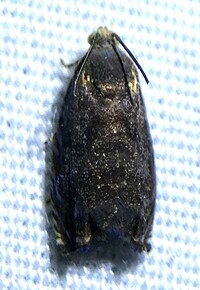
| Recorded by: Dean Furbish, Lior S. Carlson on 2024-08-14
Pamlico Co.
Comment: | 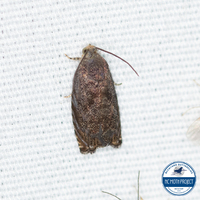
| Recorded by: Lior S. Carlson, Dean Furbish on 2024-08-13
Pamlico Co.
Comment: |

| Recorded by: Lior S. Carlson, Dean Furbish on 2024-08-13
Pamlico Co.
Comment: | 
| Recorded by: John Petranka on 2024-06-20
Watauga Co.
Comment: |
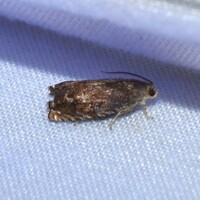
| Recorded by: Jeff Niznik on 2024-05-12
Madison Co.
Comment: | 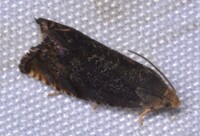
| Recorded by: David George, Stephen Dunn, Jeff Niznik on 2024-04-29
Chatham Co.
Comment: |
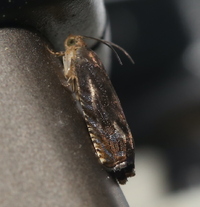
| Recorded by: David George, Jeff Niznik, Rich Teper on 2024-04-17
New Hanover Co.
Comment: | 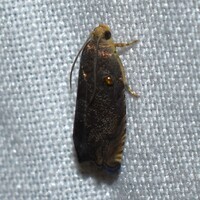
| Recorded by: David George, Jeff Niznik on 2024-04-01
Chatham Co.
Comment: |
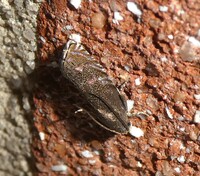
| Recorded by: Simpson Eason on 2024-03-28
Durham Co.
Comment: | 
| Recorded by: Jeff Niznik on 2023-07-21
Orange Co.
Comment: |
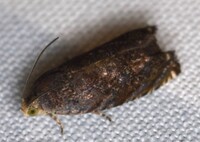
| Recorded by: Stephen Dunn on 2023-07-02
Orange Co.
Comment: | 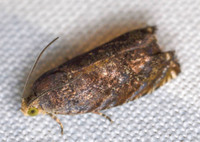
| Recorded by: Stephen Dunn on 2023-07-02
Orange Co.
Comment: |
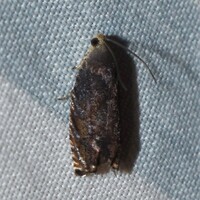
| Recorded by: David George, Stephen Dunn, Jeff Niznik on 2023-06-25
Orange Co.
Comment: | 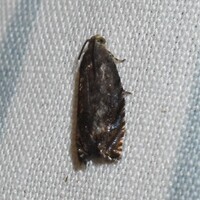
| Recorded by: David George, Stephen Dunn, Jeff Niznik on 2023-06-03
Orange Co.
Comment: |
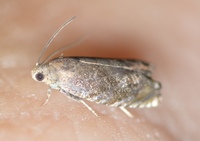
| Recorded by: Stephen Dunn on 2023-05-31
Orange Co.
Comment: | 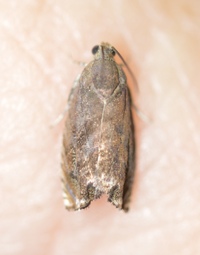
| Recorded by: Stephen Dunn on 2023-05-31
Orange Co.
Comment: |
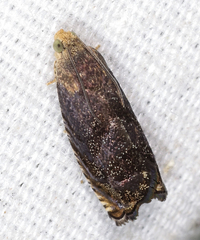
| Recorded by: John Petranka on 2023-05-25
Orange Co.
Comment: | 
| Recorded by: Ken Kneidel on 2023-05-21
Mecklenburg Co.
Comment: |
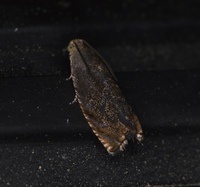
| Recorded by: Stephen Dunn on 2023-05-17
Orange Co.
Comment: | 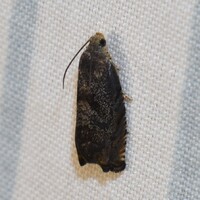
| Recorded by: David George, Stephen Dunn, Jeff Niznik on 2023-04-19
Orange Co.
Comment: |
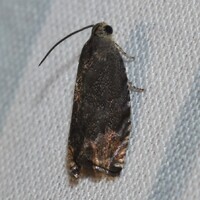
| Recorded by: David George, Stephen Dunn, Jeff Niznik on 2023-04-13
Orange Co.
Comment: | 
| Recorded by: John Petranka on 2023-04-12
Orange Co.
Comment: |
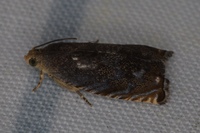
| Recorded by: David George, Stephen Dunn, Erich Hofmann on 2023-03-27
New Hanover Co.
Comment: | 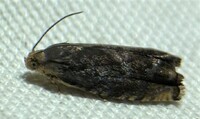
| Recorded by: Dean Furbish and Joy Wiggins on 2023-03-24
Wake Co.
Comment: |
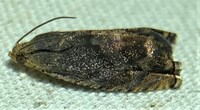
| Recorded by: Dean Furbish on 2022-09-01
Wake Co.
Comment: | 
| Recorded by: Jim Petranka, Steve Hall and Bo Sullivan on 2022-08-28
Scotland Co.
Comment: |
|

 »
»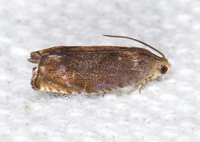
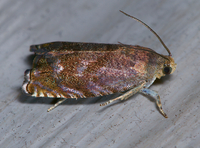

 »
»
